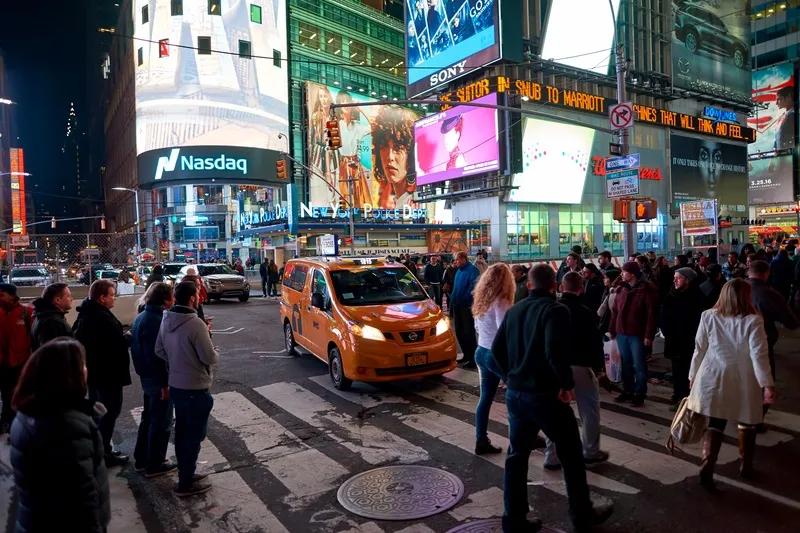Brake, the road safety charity, and the Institute of Advanced Motorists (IAM), have responded to the latest government figures which they say show Britain is still failing to adequately tackle its drink drive problem. A final estimate shows 240 people were killed by drivers over the legal drink drive limit in 2013, while provisional estimates suggest at least that number were killed in 2014.
However, the number of people seriously injured in drink drive crashes did fall by eight per cent to 1,100 from 20
August 7, 2015
Read time: 3 mins
However, the number of people seriously injured in drink drive crashes did fall by eight per cent to 1,100 from 2012 to 2013, with drink drive casualties of all severities down 17 per cent to 8,270 in the same period. Brake has cautiously welcomed this news.
The figures show that the profile of Britain’s illegal drink drivers has remained largely the same: Three quarters (74 per cent) of those killed and seriously injured are male; More than three in ten (31 per cent) drivers killed aged 25 to 39 are over the drink drive limit – the highest of any age group; A quarter of drink drive deaths and serious injuries result from crashes where a young driver (17-24 years old) was over the limit.
Julie Townsend, deputy chief executive, Brake, said: “While the overall reduction in drink drive casualties is encouraging, it is sad and disappointing to learn that the number of deaths has remained the same – as it has approximately since the government axed road casualty reduction targets in 2010. Education on drink driving is important, but it can only achieve so much. It seems we have reached a point where further meaningful reductions in devastating and needless drink drive deaths and serious injuries require more decisive action.
“Brake is calling for a zero-tolerance drink drive limit and greater priority and resourcing for traffic policing: evidenced steps we’re confident would help tackle this menace. Scotland has already seen promising signs of reducing drink drive rates after lowering its limit. In this context, it is unacceptable for the Westminster government to maintain the highest drink drive limit in Europe.”
The IAM says it is concerned at the ‘stagnation’ in progress on drink drive accidents.
Drinking and driving data from 1979-2014 shows there were an estimated 8,320 drink-drive casualties in 2014 in Britain, up from 8,270 in 2013. This is the first increase in casualties since 2002. More importantly drink-drive related deaths have remained unchanged since 2010.
Neil Greig, IAM director of policy and research, said: “While good progress has been made over the years, we are very concerned that we may have reached a plateau and are not making much progress in further reducing alcohol related crashes.
“The new government has a great opportunity to set the agenda right at the start of the new administration and top of their list should be a consultation on reducing the drink drive limit in England and Wales to align with Scotland and most of the rest of Europe.”








